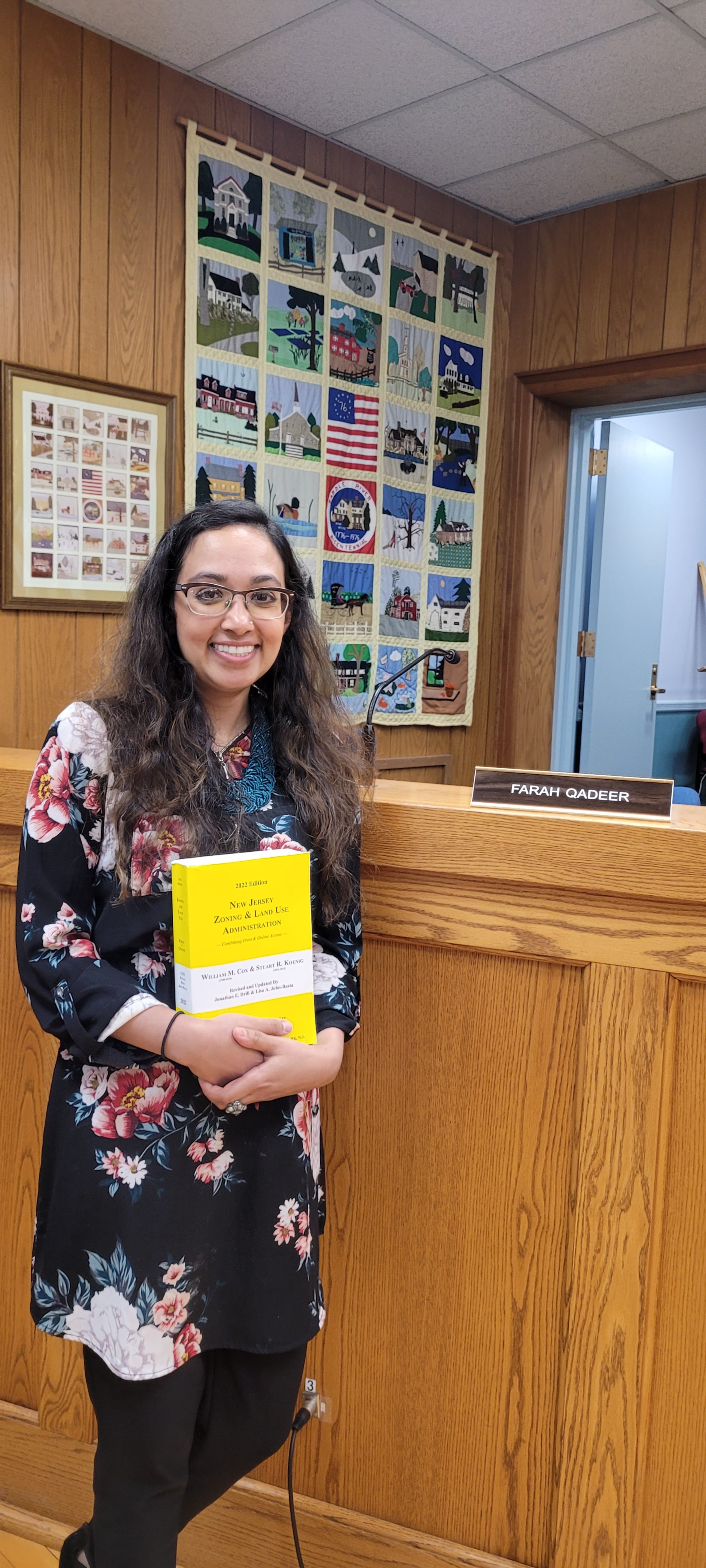
Home
SUSTAINABLE DESIGN ARCHITECT
energy code + design standards specialist
FOR INQUIRIES, CONTACT ME

Farah Naz Ahmad, ra, leed ap BD+c, LFA is a new york city-based public sector architect tackling green buildings.

With her leadership experience in national organizations, passion for design and construction, and advocacy for the 'green' movement, Farah is inspired to leave her imprint upon the building industry.
LATEST POSTS
Click HERE for previous blog features
Featured

What Makes a Leader?
twitter/THREADS

Navigating parenthood, marriage, and a full-time career has pushed me to explore new ways of staying active in the building industry. Continuing to learn, staying curious, and finding creative outlets help me stay fulfilled professionally. For my life, balance comes from focus, setting boundaries, and maintaining meaningful relationships that allow for future collaboration. That way I can revisit projects and presently concentrate on what I can manage in my time.
What are your coping mechanisms to staying engaged?

I am thrilled to share that I was appointed to serve on the NYCECC 2025 Advisory Committee with the NYC Department of Buildings!
Looking forward to collaborating with industry peers + using this platform to help shape the city's next building energy code and drive progress in sustainable building practices.
#architect #buildingcodes #buildingenergycode #buildingstandards #energyefficiency #greenbuildings #Sustainability

🌿 Our time at Shelburne Farms in Vermont was more than just beautiful scenery — it was an inspiring, hands-on lesson in sustainability. I'm standing in front of a solar retrofitted historic barn structure on the site.
We learned about the growth of organic crops, met barnyard animals up close, and explored how ecological balance and animal stewardship support our environment and food systems. A perfect blend of education, nature, and fresh air! 🐓🌾🌎
It's a great stop if you're in the Burlington area and our little one especially enjoyed walking around everywhere, engaging with the animals and activities! We plan to visit again in the future to support the educational mission of this great cause.
Shelburne Farms runs on donations, check out their website to learn how you can support them.
#SustainableLiving #ShelburneFarms #EcoEducation #VermontAdventures #Vermont #Shelburne #Burlington

Check out my newest collaboration!
Thrilled to be a contributing blogger for RISE, a building science blog series by @siplast_roofing.
🏗️✨ I’m passionate about educating others—and this platform is the perfect place to share insights, spark ideas, and elevate conversations around the built environment.
#BuildingScience #SiplastRISE #ArchitectureMatters #Sustainability #EducateElevateEmpower #Architect
Article linked in bio above!
#architect #buildingindustry #buildingscience #rooftowall #buildingenvelope #buildingenclosure














